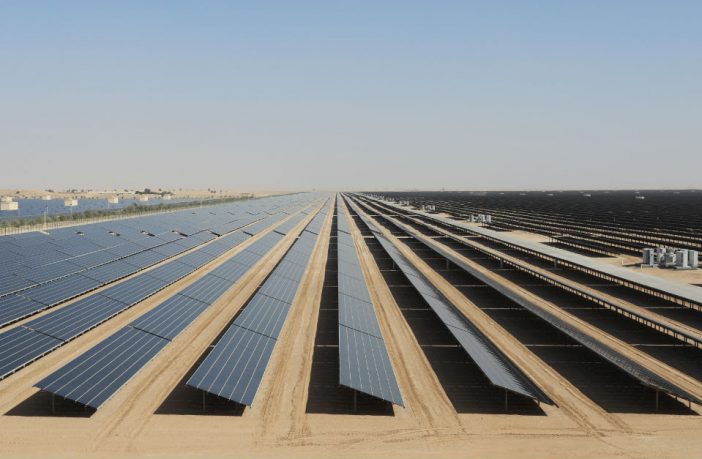- Renewable energy is now the most competitive source of new power generation in Gulf Region.
- The region will install 7 Gigawatts (GW) of new power generation capacity from renewable sources by the early 2020s.
- Solar PV dominates the region’s renewables outlook, accounting for three-quarters of the regional project pipeline.
- Strong enabling frameworks have led to solar PV prices of below US 3 cents per kilowatt hour.
Renewable energy is the most competitive form of power generation in Gulf Cooperation Council (GCC) countries, according to a new report published today by the International Renewable Energy Agency (IRENA). Saudi Arabia, Kuwait, the United Arab Emirates, Qatar, Bahrain, and Oman make up the GCC.
Abundant resources, together with strong enabling frameworks have led to solar PV prices of below 3 cents per kilowatt hour and dispatchable concentrated solar power (CSP) of 7.3 cents per kilowatt hour, which is less than some utilities in the region pay for natural gas.
IRENA’s new ‘Renewable Energy Market Analysis: GCC 2019’ launched during Abu Dhabi Sustainabilty Week, says achieving stated 2030 targets can bring significant economic benefits to the region including the creation of more than 220 000 new jobs whilst saving over 354 million barrels of oil equivalent (MBOE) in regional power sectors.
The targets could reduce the power sector’s carbon dioxide emissions by 136 million tonnes (22 per cent reduction), while cutting water withdrawals in the power sector by 11.5 trillion litres (17 per cent reduction) in 2020.
The findings come as GCC economies seek to diversify their economies against the backdrop of fast-growing domestic energy demand and a desire to safeguard hydrocarbon export revenues for the future.
With renewable energy targets now in place across the region, the GCC is poised for a significant acceleration in renewables deployment as countries pursue national goals. Under current plans, the region will install a total of almost 7 gigawatts (GW) new power generation capacity from renewable sources by the early 2020s.
Solar PV dominates the region’s renewables outlook, accounting for three-quarters of the regional project pipeline, CSP and wind account for 10 per cent and nine per cent respectively. Solar-assisted enhanced oil recovery in Oman is also expected to contribute about 1 gigawatt-thermal (GWth) in 2019.
Proactive policies are central to accelerating renewable energy deployment, per the report, suggesting that lessons can be drawn from the GCC countries where substantial inroads have been made thanks to firm government commitments and credible, time-bound targets with a clear focus on a supportive business environment for investments.
Author: Bryan Groenendaal















